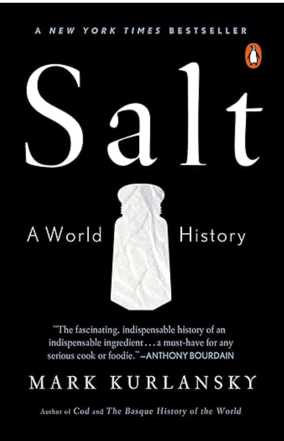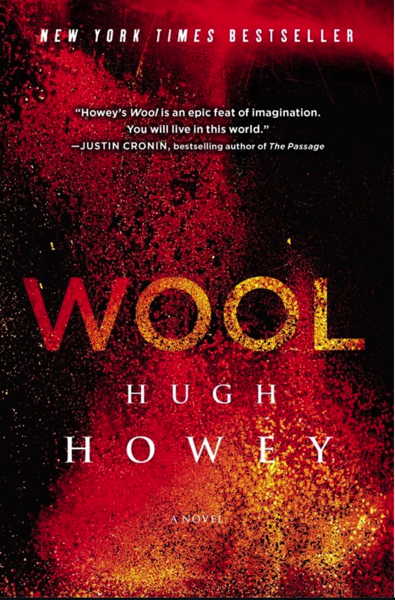
Salt: A World History is a nonfiction book written by Mark Kurlansky. He has somehow made a simple ingredient – salt – into an informative exploration about how people searched for salt. This sometimes required people to literally go down into salt mines.
According to Mark Kurlansky, when modern geology reveled its prevalence, salt was one of the world’s most sought-after commodities. Salt was considered as valuable as currency. This may sound strange to people in today’s world who can simply pick up some salt from their local grocery store.
Salt: A World History is interesting because he put together a timeline (of sorts) that describes how people located salt. People would, in fact, fight over who was allowed to take salt grains that emerged on the ground. In addition, there were people who lived by the ocean who waited for the tides to wash out so they could collect salt.
Later on, people climbed down into salt mines for work. The overwhelming amount of the workers were men, who would be paid for their work. Sometimes children would be allowed to do mining alongside the men. At least one salt mine had donkeys placed down there, in order to help hall the salt out of the mine. I’m not sure the donkeys ever made it out of the mine.
There was one occasion where women were allowed to work in the salt mines alongside the men. This became a controversy. The mines were extremely hot, and it was common for the male workers to remove their shirts while mining. The women in the mine took off their dresses and continued working.
Needless to say, when it was discovered that the women weren’t fully clothed and were working that way among the men in the salt mines, a change was made. Women were no longer allowed in the mines.
On the back cover, there is a paragraph that includes the following: “A substance so valuable that it served as currency, salt has influenced the establishment of trade routes and cities, provoked and financed wars, secured empires, and inspired revolutions.”









